Rethinking Quenching: The Potential of Water in Modern Heat
Author: SAIVS Date Published: Jan 06,2025
Introduction:Quenching oil has long been the preferred cooling medium in Heat Treatment Processes due to its unique cooling characteristics.
However, concerns over energy consumption, environmental pollution, and fire risks have prompted the need for alternative cooling solutions.
In this context, replacing quenching oil with water presents a potential solution for energy savings, environmental protection, and safety.
This article explores the possibilities and challenges of using water as a quenching medium, focusing on how to overcome the limitations of water’s cooling characteristics.
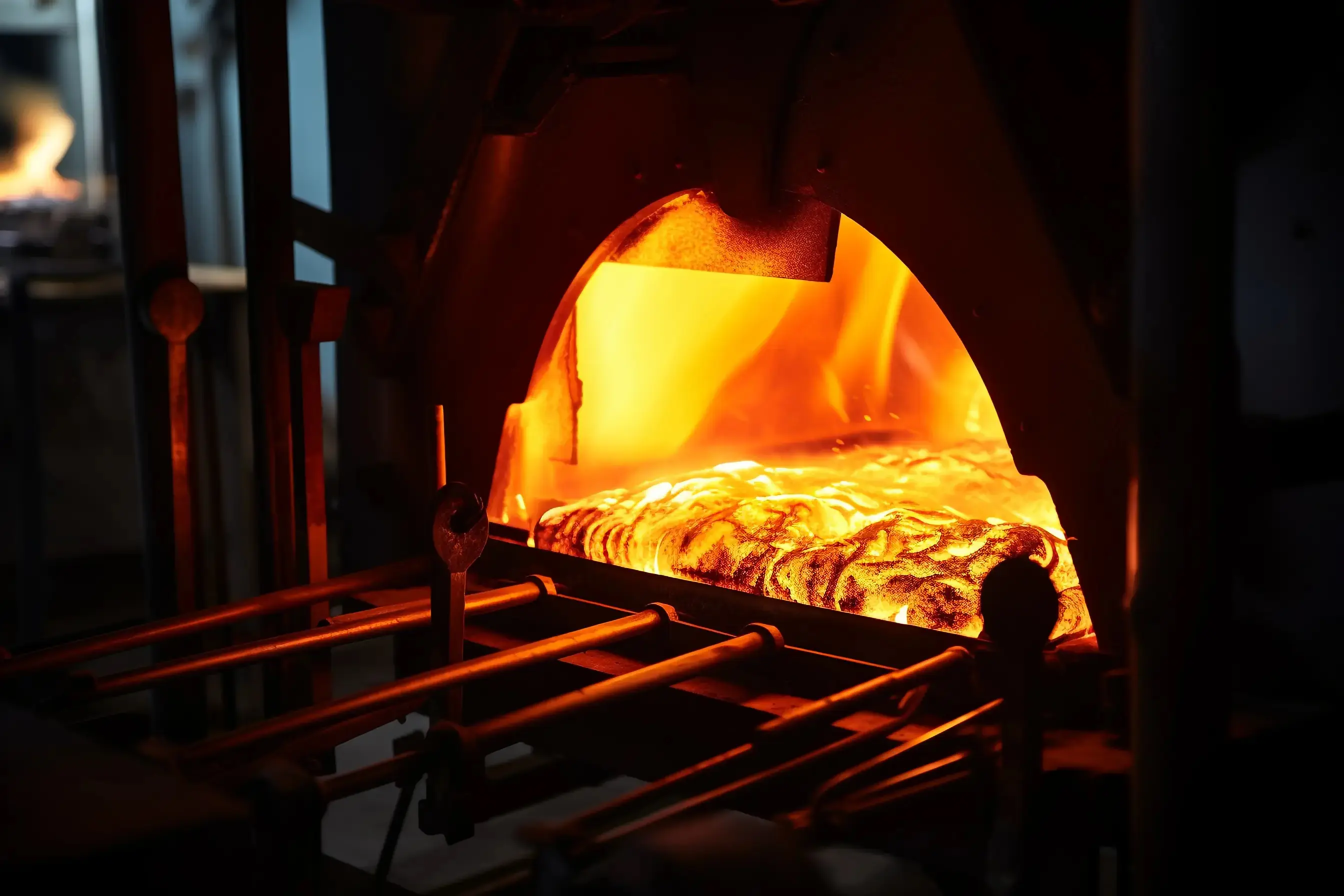
Challenges of Quenching Oil:Quenching oil, while effective in cooling, comes with several drawbacks.
The heat treatment industry consumes large amounts of mineral oil, which has a significant environmental impact.
In 2010, over 120,000 tons of mineral oil were used in China’s heat treatment industry, leading to the emission of pollutants like carbon monoxide and sulfur dioxide.
Additionally, quenching oil is a fire hazard, with many heat treatment accidents linked to oil combustion.
The limited cooling capacity of quenching oil also restricts its application to certain workpieces, particularly low-carbon steels,
which further limits its usefulness in some industries.
Water as a Potential Replacement:Water offers significant advantages over oil, such as being abundant, cost-effective, and environmentally friendly. However,
water’s cooling characteristics differ greatly from those of quenching oil, which presents challenges in its use as a quenching medium.
The first challenge lies in the long film boiling cycle of water, which makes it difficult for water to follow the “C-curve” cooling characteristic,
leading to less effective quenching. The second issue is water’s high cooling rate, which can introduce substantial thermal stress,
increasing the risk of deformation and cracking in workpieces.
Overcoming the Challenges:While water’s intrinsic cooling properties cannot be changed, they can be managed effectively through control mechanisms.
The key to using water in quenching lies in controlling the contact time and method between the workpiece and the water.
Instead of using water in its pure form, a combination of cooling techniques can be employed to mitigate the risks associated with water’s fast cooling rate.
One effective method is the alternating use of water and air cooling, which balances the cooling effects and reduces thermal stresses.
Furthermore, to ensure a successful transition from oil to Water Quenching, numerical simulation plays a crucial role.
Through simulation software, it is possible to model the heat treatment process and predict how different cooling strategies affect the temperature, structure, and stress fields in the workpiece. This approach allows for more precise control of the quenching process and reduces the need for costly and time-consuming experimental trials.
Key Conditions for Successful Water Quenching:To achieve the ideal quenching effect with water, the following conditions must be met:
Versatile Cooling System: A cooling system that integrates various methods like air cooling, mist cooling, water spraying, and immersion is essential. The system must be equipped with fast-response electric or pneumatic valves to control the timing and flow of water.
Cooling Database and Simulation: Experimentally-derived data on water’s cooling capacity under different conditions must be collected and integrated into a process database. Advanced heat treatment simulation software can then use this data to model the cooling process and help fine-tune the quenching parameters.
Intelligent Control System: The quenching system should feature an intelligent control mechanism capable of adjusting key parameters such as flow, pressure, and temperature in real-time. This precision ensures that the cooling system can adapt to the specific requirements of different workpieces, from air cooling to more aggressive salt-water cooling.
Conclusion:Replacing quenching oil with water offers a promising solution to address the environmental, safety, and energy consumption issues associated with traditional quenching methods.
While challenges remain due to water’s unique cooling characteristics, the combination of innovative cooling methods and advanced simulation tools can help achieve optimal quenching results.
By incorporating intelligent control systems, the heat treatment industry can move toward more sustainable
and efficient practices without compromising the quality of the workpieces.
Why Choose SAIVS™ as Your Supplier?
1.Superb Quality Control Management
At SAIVS, we take pride in our perfect quality management systems and procedures, which guarantees the excellent performance of all our producs, being a professional Investment Casting | Die Casting| Sand Castingmanufacturer in China.
2.Rich Production Experience
With 20 years of experience in production, SAIVS has a deep understanding of the market and trends, and strives for continuous research and innovation. This has created advantages in both the product's performance and appearance.
3.Competitive Prices
As a Chinese factory committed to becoming the most cost-effective Investment Casting | Die Casting| Sand Castingexporter in China, SAIVS provides high-quality products at advantageous prices. By lowering costs and increasing efficiency, we ensure that our customers receive the best possible value for their investment.
4.Perfect After-sales Service
At SAIVS, we strive to provide superior customer service that meets and exceeds expectations. We are always available for any questions or concerns you may have, and we stand by our commitment to providing excellent after-sales support.
Related Posts
-
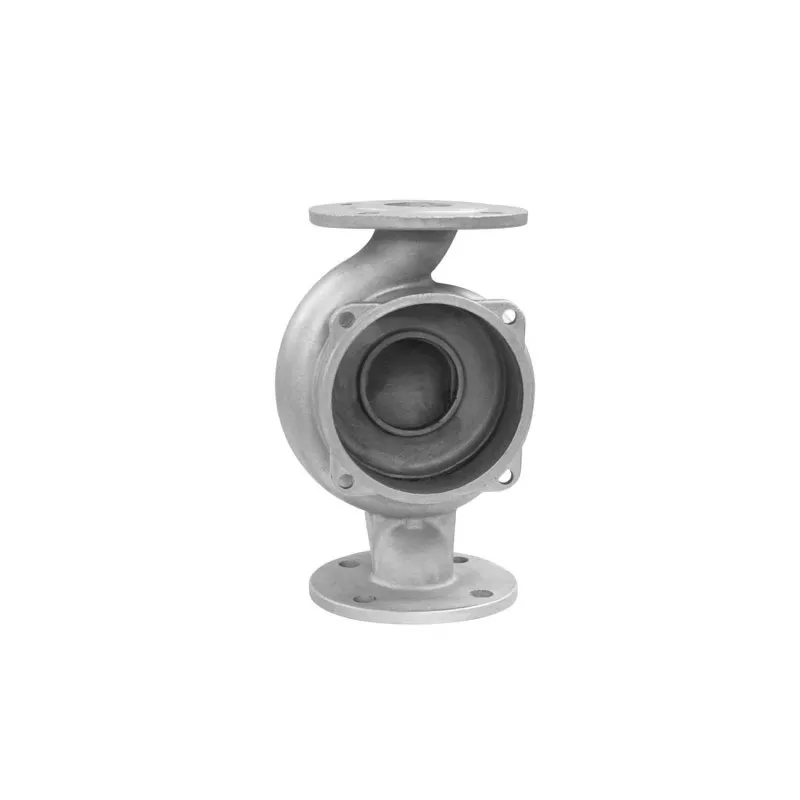
Infiltration, shaping, and repair of die-casting parts
1. Infiltration of die-casting partsInfiltration treatment is the process of immersing a die casting into a infiltration solution with infiltration and filling ...
-
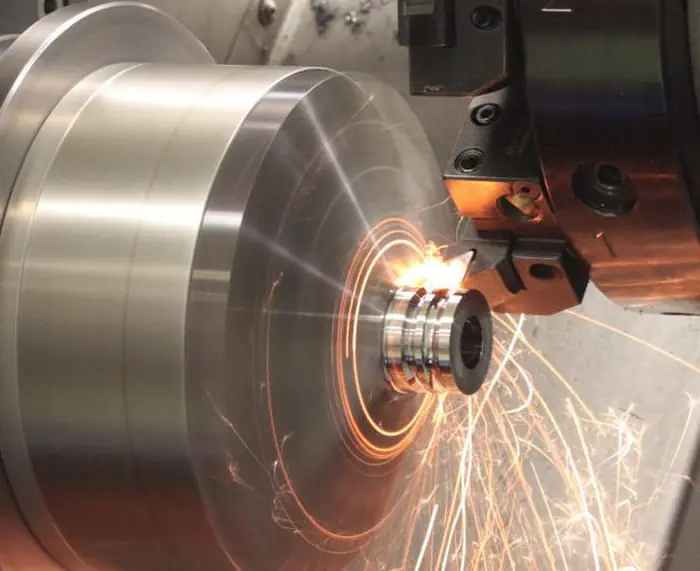
Maximizing Thread Cutting Efficiency with Indexable CNC Turning Tools
Maximizing Thread Cutting Efficiency with Indexable Thread Turning ToolsIn the world of CNC machining, selecting the right tools and cutting technology is
-
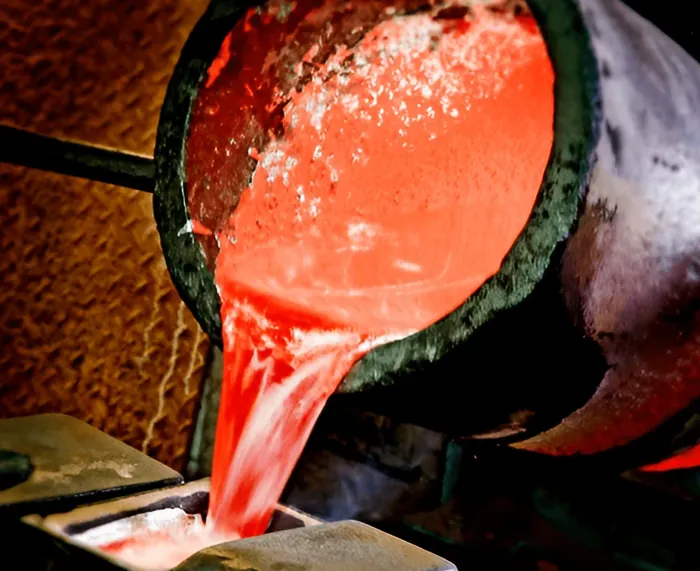
Conquering Casting Shrinkage: A Guide to Flawless Metal Parts
This article explores types of shrinkage, and solidification, and how to control them for high-quality castings.
-
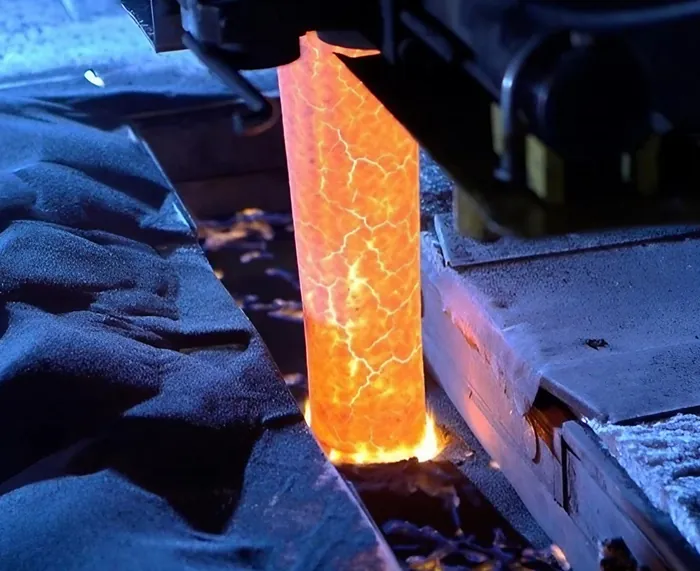
Quenching, Tempering, Annealing, Normalizing: The Essential Heat Treatment Techniques for Steel
Heat treatment is a crucial process in metallurgy for primary processes that stand out: quenching, tempering, annealing, and normalizing.
-
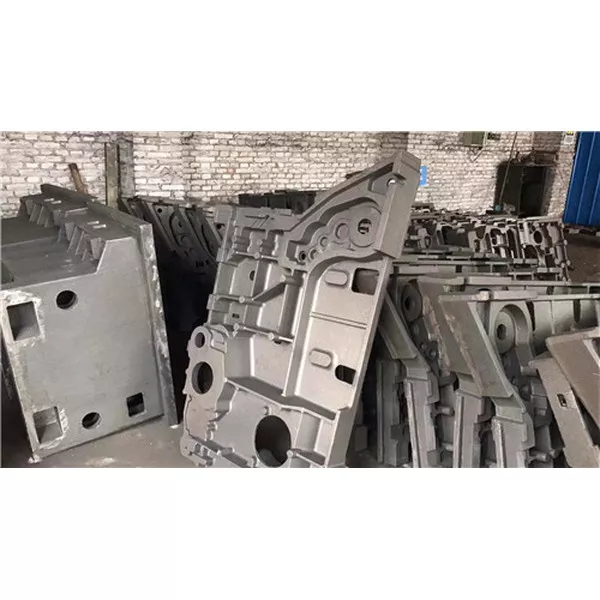
High-Quality Gray Iron Casting Gearbox Housing by SAIVS
Discover the exceptional range of Gray Iron Casting Gearbox Housing, crafted by the reputable SAIVS factory in China. Unbeatable quality at competitive prices -...
-
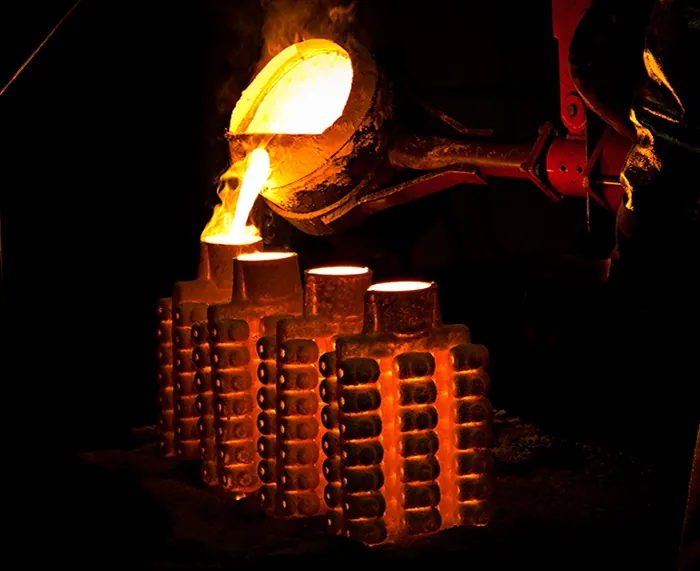
How to Reduce Investment Casting Costs by 50%
Introduction:Investment casting, also known as precision or lost-wax casting, is a widely used manufacturing process with applications in various industries. Th...

